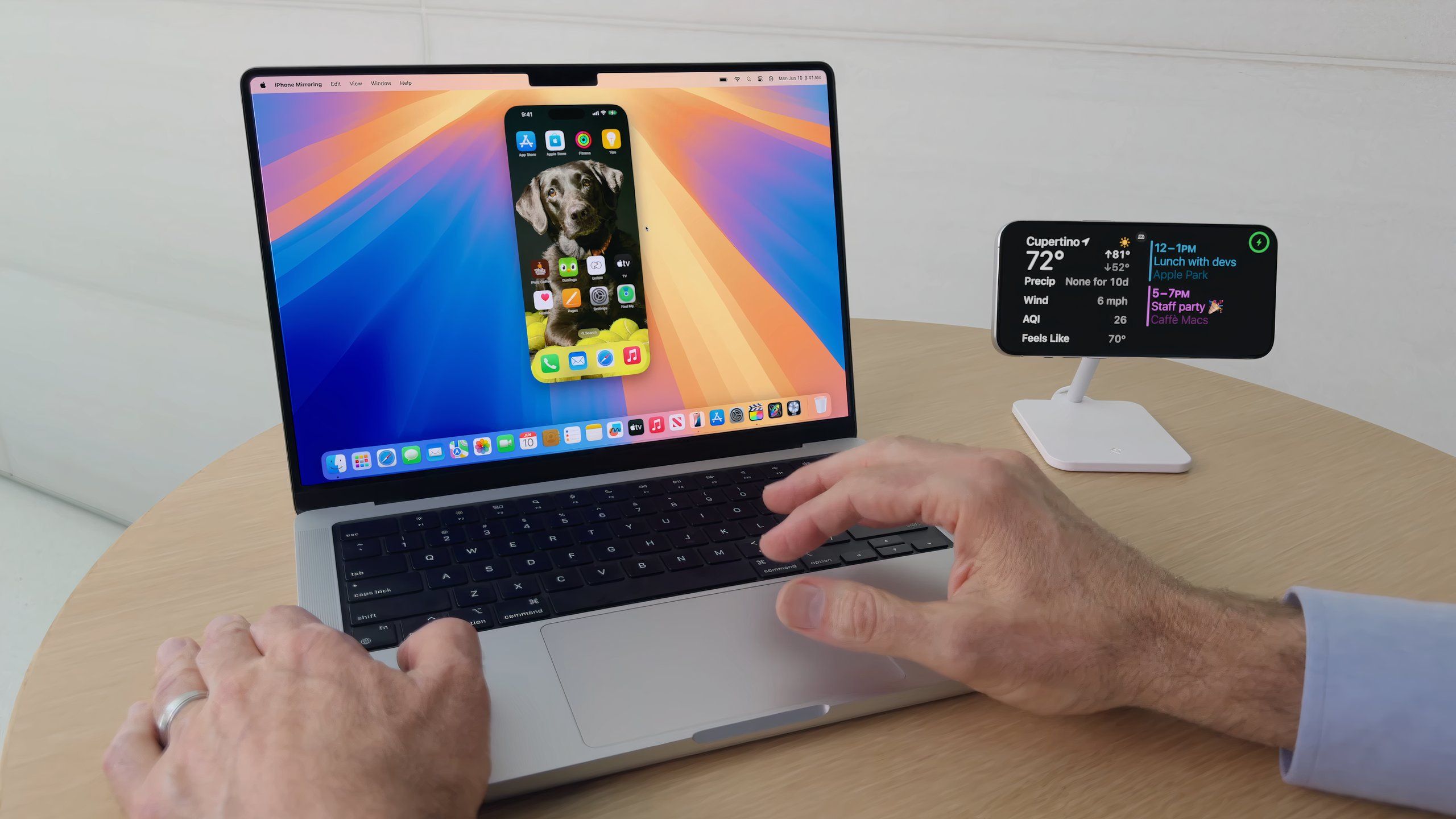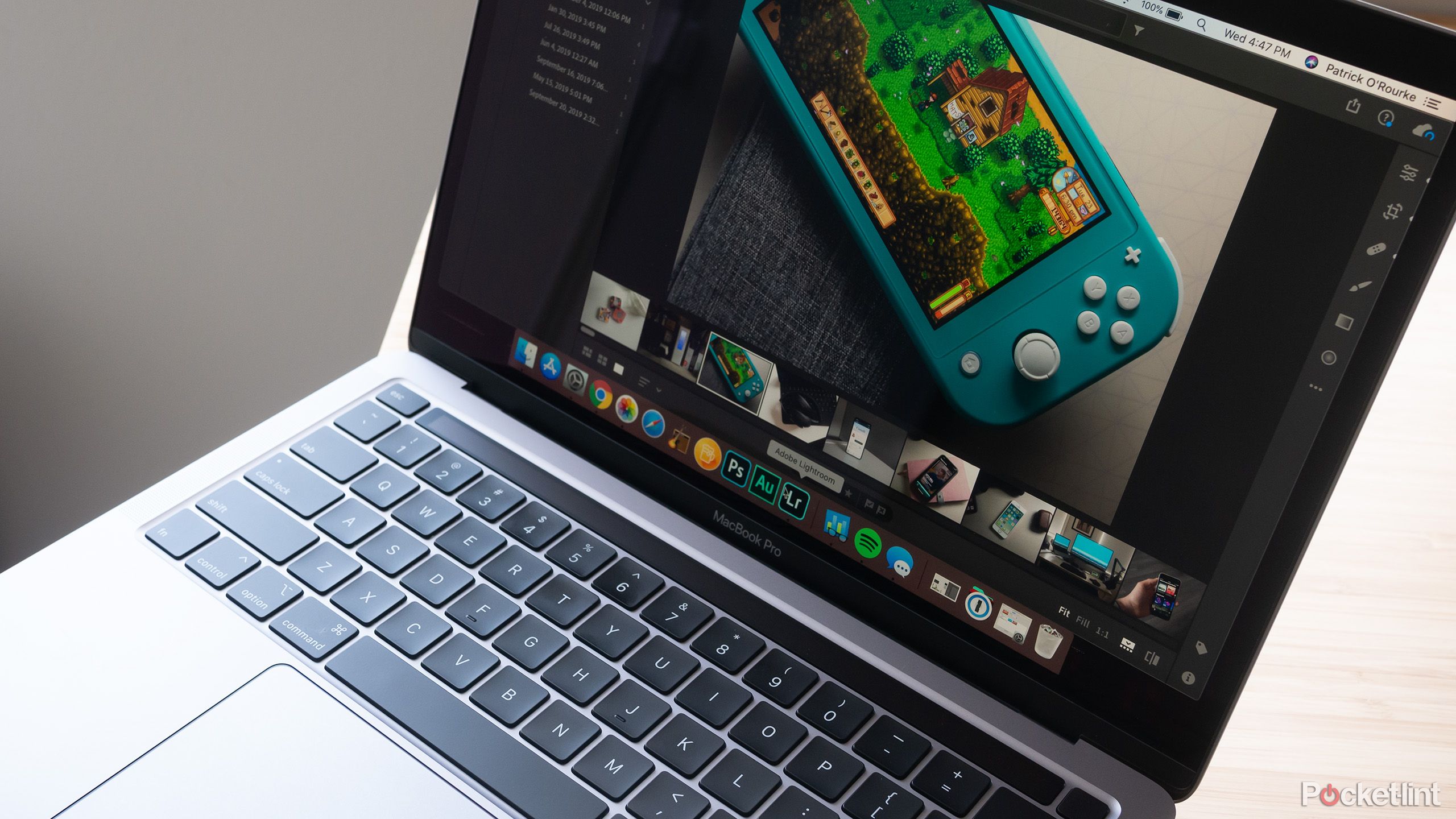Key Takeaways
- Apple’s macOS Sequoia software update is stable and broadly available for download.
- Some older Intel-based Mac computers are still receiving support for the new OS.
- A couple of macOS Sequoia features will remain exclusive to the newer M series Apple Silicon Macs.
Apple first announced its intent to transition the entire Mac lineup to its in-house Apple Silicon processor family back in 2020. It took a couple of years for the switch away from Intel-based chips to fully ramp up, but these days, every new Mac product ships exclusively with an M series processor.
Of course, Apple still supports older Intel-based Macs with software updates and security patches, and will likely continue to do so for a couple more years. With the recent release of macOS 15 Sequoia to the public, a number of older pre-Apple Silicon computers are now receiving the free over-the-air update.
What macOS Sequoia features are missing on Intel-based Macs?
Not as much is missing as you might expect
Apple/Pocket-lint
The main missing macOS Sequoia feature that won’t be making its way to pre-Apple Silicon Mac computers is, of course, Apple Intelligence. Apple has been clear from the beginning that only M series Macs will benefit from the company’s first major foray into the world of artificial intelligence.
Apple Intelligence is a broad term that encompasses a number of AI-related functions and capabilities. Generative image creation, text editing and rewriting tools, smart summaries, and a more helpful Siri are all top billing for when the feature set finally hits compatible devices in the coming weeks and months.
Apple’s choosy nature when it comes to its products that support Apple Intelligence extends far beyond the Mac.
Apple’s choosy nature when it comes to its products that support Apple Intelligence extends far beyond the Mac — the brand-new iPhone 16 series and last year’s iPhone 15 Pro and 15 Pro Max are the only iPhone models slated to receive the AI treatment, for example.
-
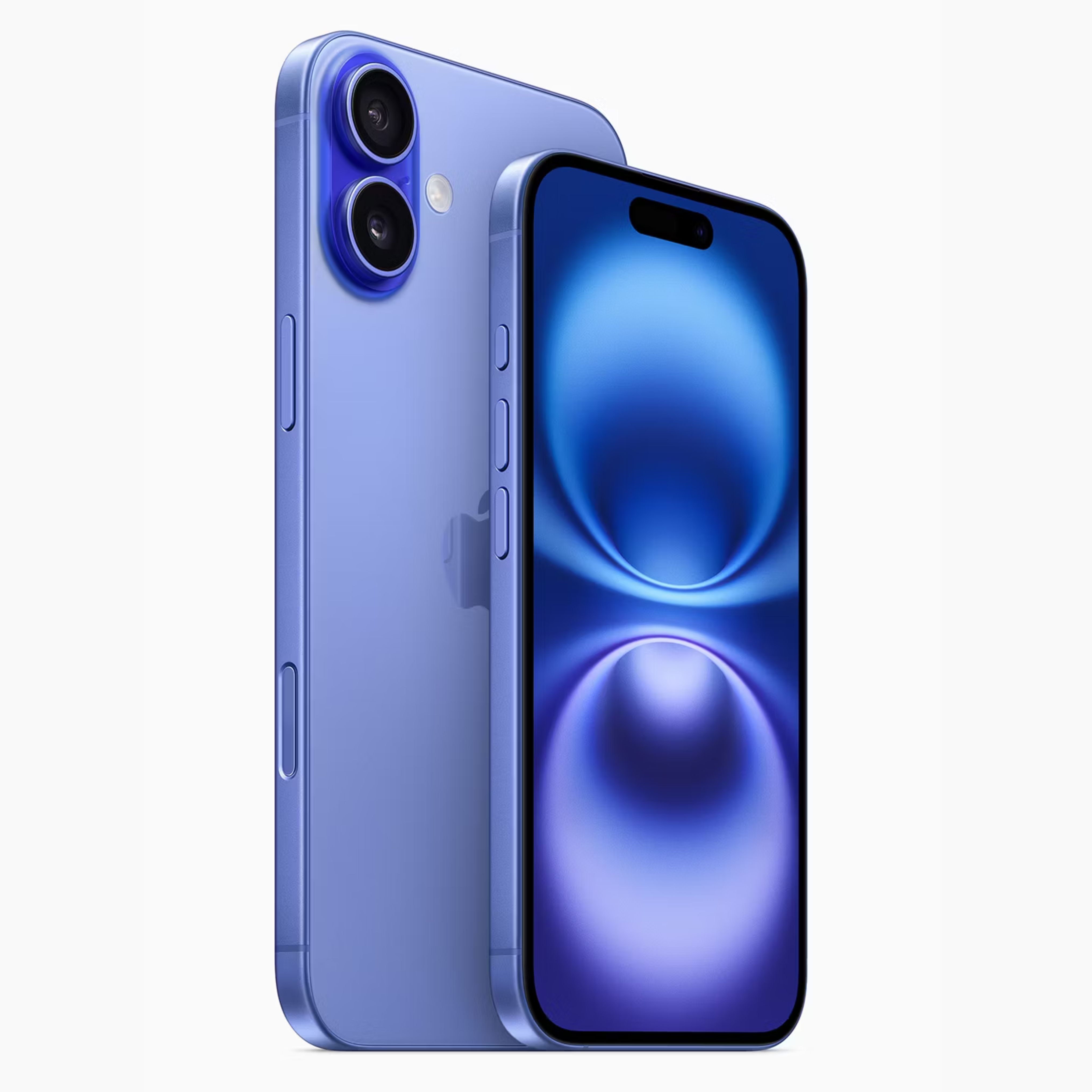
iPhone 16
This year’s iPhone 16 line blurs the line between the “Pro” and the base-level iPhone by offering a new camera button and the Action Button, alongside the A18 chip.
-
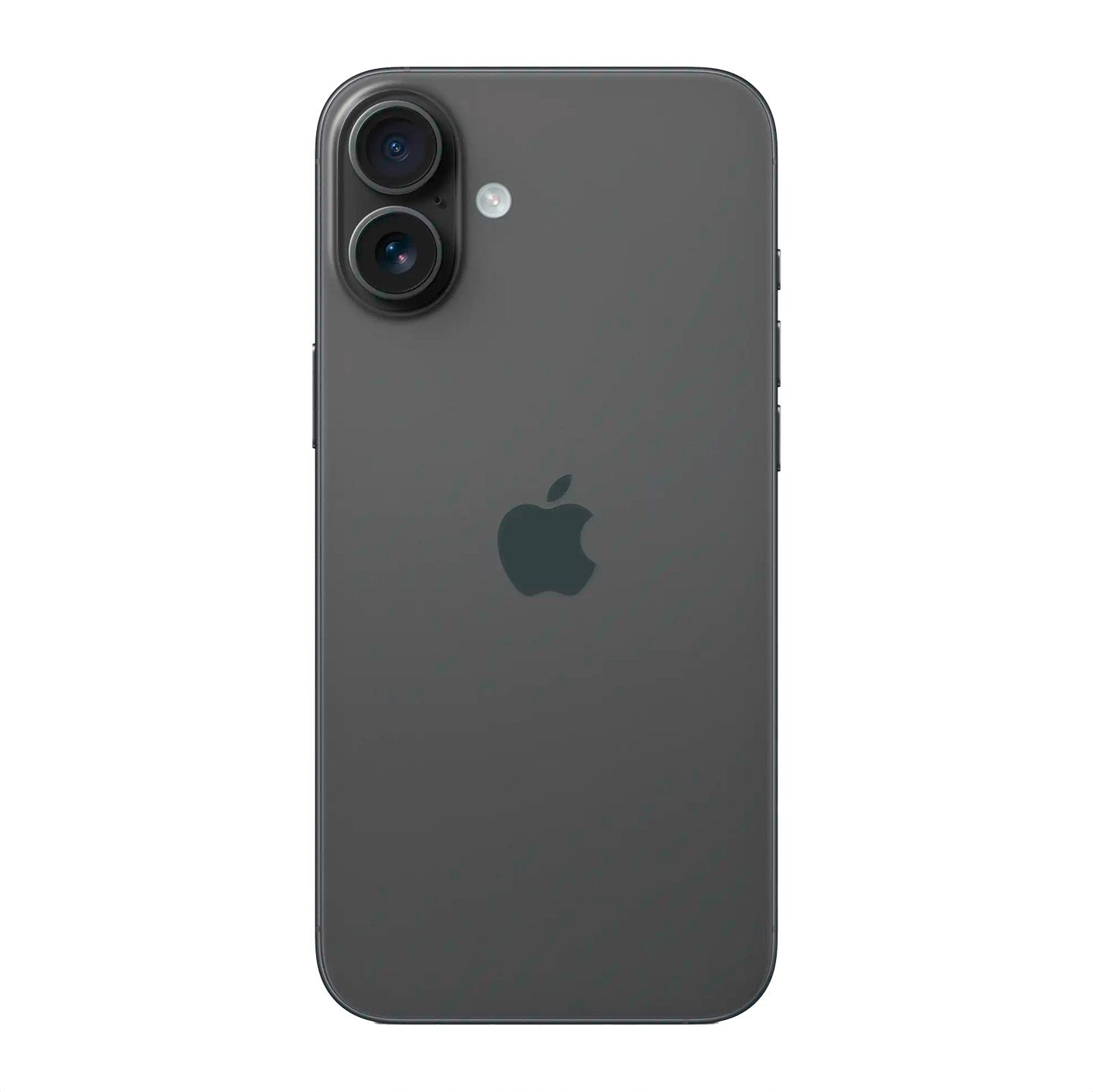
iPhone 16 Plus
This year’s iPhone 16 line blurs the line between the “Pro” and the base-level iPhone by offering a new camera button and the Action Button, alongside the A18 chip.
-
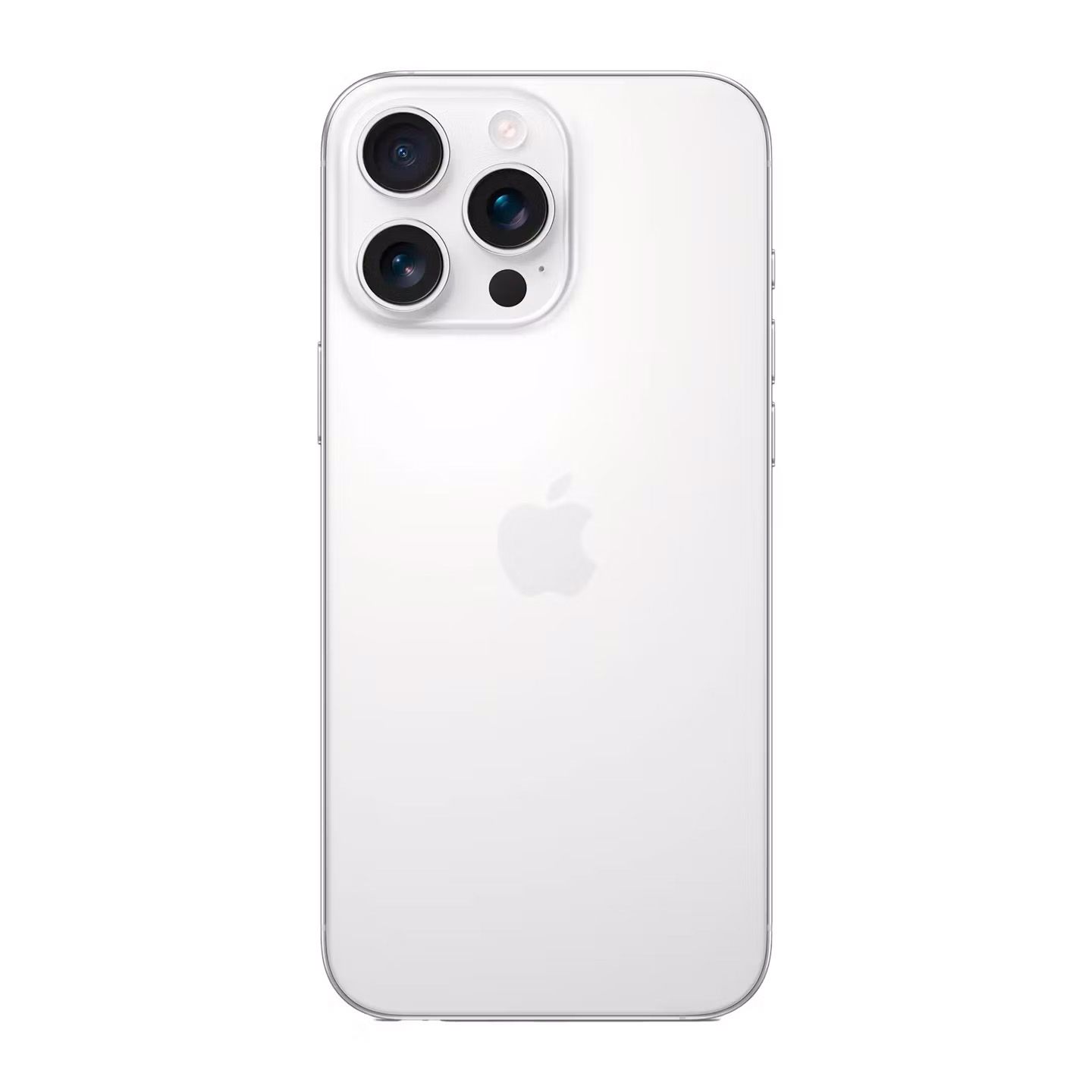
iPhone 16 Pro Max
Apple’s iPhone 16 Pro line features a few notable upgrades over last year’s iPhone 15 Pro, including a dedicated camera button, a new A18 Pro chip, a bigger screen, and several AI-powered Apple Intelligence features.
-
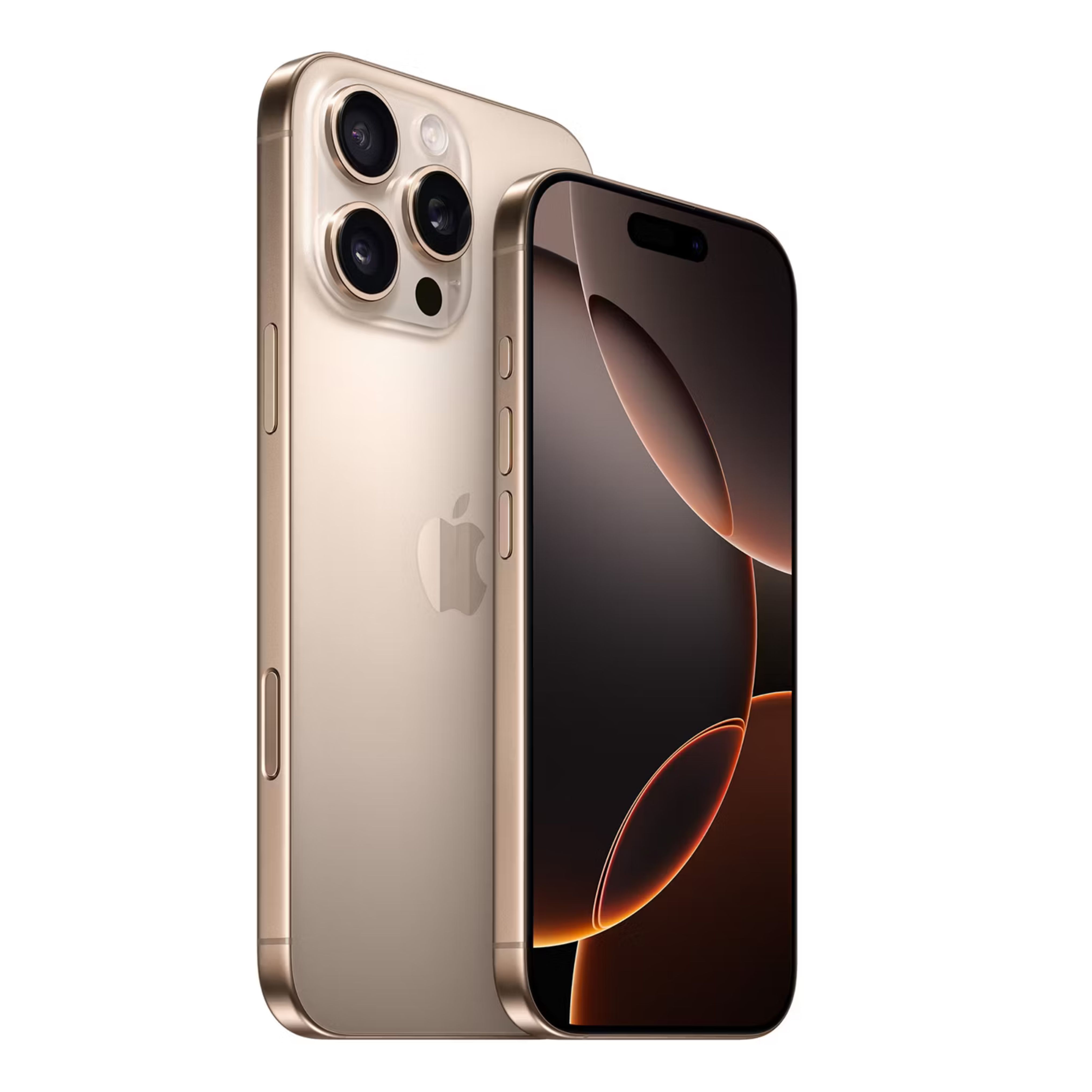
iPhone 16 Pro
Apple’s iPhone 16 Pro line features a few notable upgrades over last year’s iPhone 15 Pro, including a dedicated camera button, a new A18 Pro chip, a bigger screen, and several AI-powered Apple Intelligence features.
The only other macOS Sequoia feature that’s unavailable on Intel-based Mac hardware is Live Audio Transcription. The feature automatically generates transcriptions in real time, which is potentially useful when recording voice memos, notes, interviews, and more. Live Audio Transcription is Apple Intelligence-adjacent, so it’s not surprising to see Intel Macs missing out on the functionality.
Rejoice: the marquee iPhone screen mirroring feature is available on Intel Macs
However, there’s just one small catch
Apple
In a somewhat uncharacteristically Apple move, the company has gone ahead and allowed older Intel-based Macs to tap into the new iPhone screen mirroring feature. This capability is arguably the headliner of macOS Sequoia, letting you remotely mirror your iPhone’s display as a window directly on your Mac’s desktop.
Considering Apple’s proud and frequent boasting when it comes to its unified ecosystem and its vertical integration of both hardware and software, I would’ve assumed that the company would’ve swept iPhone mirroring entirely under the rug when it comes to any and all Intel Macs. Thankfully, this isn’t the case.
Intel-based Macs that lack a dedicated T2 security chip won’t be able to access iPhone screen mirroring at all.
There’s one catch, however — Intel-based Macs that lack a dedicated T2 security chip won’t be able to access iPhone screen mirroring at all. “The Apple T2 Security Chip is Apple’s second-generation, custom silicon for Intel-based Mac computers,” the company states.
Apple has a support website page dedicated to listing Intel-based Macs that feature its T2 chip, which is a great reference tool. The following Intel-based Macs with support for macOS Sequoia include the T2:
- MacBook Pro from 2018 and onward
- iMac from 2020.
- Mac mini from 2018
- Mac Pro from 2019
This means that certain models like the 2017 iMac Pro, the 2019 iMac, and the 2020 MacBook Air won’t have access to the feature, which is a bummer indeed.
In any case, it’s surprising (and quite impressive) to see Apple continue to support years-old laptop and desktop hardware, especially after having transitioned away from its competitor’s chip designs. The era of support for non-Apple Silicon Macs will likely be coming to an end over the course of the next couple of years. For now, however, you can still run the latest version of macOS on an Intel-based MacBook from 2018.
FAQ
Q: Which Intel-based Macs support the macOS 14 Sequoia update?
The following Intel-based Mac computers can be updated to macOS Sequoia:
- MacBook Pro (13-inch, 2020, Two Thunderbolt 3 ports), MacBook Pro (13-inch, 2020, Four Thunderbolt 3 ports), MacBook Pro (16-inch, 2019), MacBook Pro (13-inch, 2019, Two Thunderbolt 3 ports), MacBook Pro (15-inch, 2019), MacBook Pro (13-inch, 2019, Four Thunderbolt 3 ports), MacBook Pro (15-inch, 2018), MacBook Pro (13-inch, 2018, Four Thunderbolt 3 ports)
- MacBook Air (Retina, 13-inch, 2020)
- iMac (Retina 5K, 27-inch, 2020), iMac (Retina 5K, 27-inch, 2019), iMac (Retina 4K, 21.5-inch, 2019), iMac Pro (2017)
- Mac mini (2018)
- Mac Pro (2019)
For more granular information, Apple has a handy macOS compatibility page, which can be found on its official website.
Q: How do I check if my Intel-based Mac has a T2 security chip?
To see whether your Mac has an Apple T2 chip, follow these steps:
- Click on the Apple menu.
- Click on System Information.
- Click on Controller on the sidebar located on the left-hand side of the application.
- If your Mac has a T2 chip, it’ll be listed under Controller Information.
Trending Products

Cooler Master MasterBox Q300L Micro-ATX Tower with Magnetic Design Dust Filter, Transparent Acrylic Side Panel, Adjustable I/O & Fully Ventilated Airflow, Black (MCB-Q300L-KANN-S00)

ASUS TUF Gaming GT301 ZAKU II Edition ATX mid-Tower Compact case with Tempered Glass Side Panel, Honeycomb Front Panel, 120mm Aura Addressable RGB Fan, Headphone Hanger,360mm Radiator, Gundam Edition

ASUS TUF Gaming GT501 Mid-Tower Computer Case for up to EATX Motherboards with USB 3.0 Front Panel Cases GT501/GRY/WITH Handle

be quiet! Pure Base 500DX ATX Mid Tower PC case | ARGB | 3 Pre-Installed Pure Wings 2 Fans | Tempered Glass Window | Black | BGW37

ASUS ROG Strix Helios GX601 White Edition RGB Mid-Tower Computer Case for ATX/EATX Motherboards with tempered glass, aluminum frame, GPU braces, 420mm radiator support and Aura Sync


